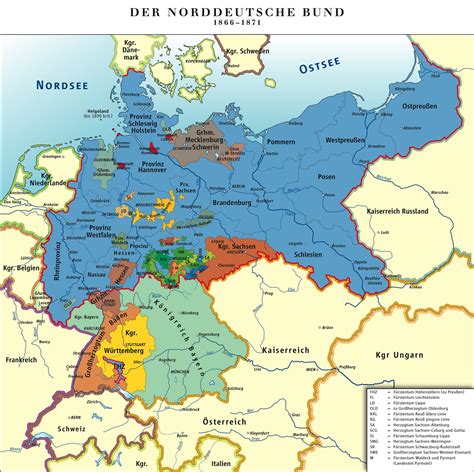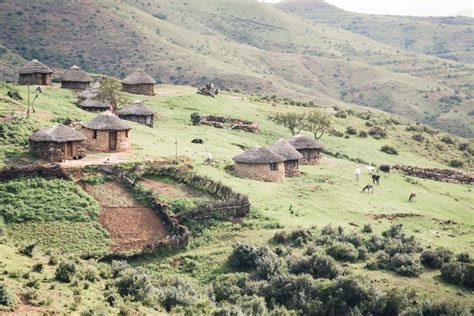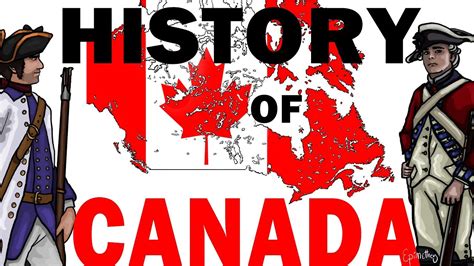Explore the rich history of our country, from early settlement to modern political developments, including the impact of slavery and the struggle for independence.
Discovery and Early Settlement
Contents
The history of Trinidad and Tobago begins with the arrival of the indigenous people to the islands around 4000 BC. These early settlers were the Ortoiroid people, followed by the Saladoid people around 300 AD. The Arawaks and Caribs also inhabited the islands before the arrival of the Europeans.
Christopher Columbus landed on Trinidad in 1498 during his third voyage to the Americas. He named the island ‘La Isla de la Trinidad’, which means ‘The Island of the Trinity’. However, the Spanish did not establish a permanent settlement on the islands at that time.
Sir Walter Raleigh explored Trinidad in 1595 and claimed it for England. The first attempt at colonization was made by the Courlanders, a group from what is now modern-day Latvia, in the 17th century. They established a settlement but were soon driven out by the Spanish.
In 1783, the Spanish government made Trinidad a colony and encouraged the immigration of French settlers to help develop the island. This led to an influx of French Creoles, and the island was divided into large sugar estates worked by enslaved Africans. The Spanish also established a settlement on Tobago, which changed hands several times between the Spanish, British, French, and Dutch before the British gained control of both Trinidad and Tobago in 1802.
Therefore, the discovery and early settlement of Trinidad and Tobago was marked by the arrival of indigenous people, European explorers, and attempts at colonization by various European powers.
Colonial Era and Sugar Plantations
History of Trinidad and Tobago
During the Colonial Era, Trinidad and Tobago underwent significant changes in terms of its economy, culture, and demographics. The arrival of European settlers, mainly the Spanish, French, Dutch, and British, brought about the establishment of sugar plantations on the islands. This period marked a major shift in the social and economic structure of Trinidad and Tobago.
The introduction of sugar plantations had a profound impact on the islands. Large numbers of enslaved Africans were brought to work on the plantations, leading to a significant increase in the African population. The demand for labor on the plantations resulted in the implementation of the brutal system of slavery, which had a lasting impact on the islands’ history and society.
As the sugar industry flourished, Trinidad and Tobago became a key player in the global sugar trade. The islands’ economy became heavily reliant on sugar production, and the wealthy plantation owners held considerable power and influence. The colonial powers implemented strict control over the sugar trade, further shaping the islands’ economic and political landscape during this period.
Despite the economic prosperity brought about by the sugar plantations, the system of slavery and the harsh working conditions faced by the enslaved Africans fueled resistance and rebellion. The harsh realities of plantation life laid the groundwork for the eventual movement towards emancipation and independence in Trinidad and Tobago.
Slavery and Emancipation
The history of Trinidad and Tobago during the period of slavery and emancipation is a deeply harrowing and poignant chapter in the island nation’s past. The transatlantic slave trade saw thousands of African men, women, and children forcibly brought to Trinidad and Tobago to work on sugar plantations in brutal and inhumane conditions. The legacy of this dark period is still felt today, as the descendants of those slaves continue to grapple with the effects of centuries of exploitation and oppression.
Slavery in Trinidad and Tobago was abolished in 1834, following the passage of the Slavery Abolition Act in the British Parliament. However, the struggles of the newly freed slaves were far from over. The legacy of slavery continued to shape the social, economic, and political landscape of the country for generations to come, as former slaves faced ongoing discrimination and marginalization in the years following emancipation.
The fight for emancipation was not just a legal battle, but a deeply personal and collective struggle for freedom and equality. The legacy of slavery and the journey towards emancipation is deeply woven into the fabric of Trinidad and Tobago’s cultural identity, shaping the country’s art, music, literature, and traditions in profound ways.
Although the period of slavery and emancipation represents a dark and painful chapter in the history of Trinidad and Tobago, it also serves as a testament to the resilience, courage, and strength of the people who endured and ultimately triumphed over the horrors of slavery. The struggles of the past continue to inform and inspire the ongoing fight for justice, equality, and human rights in Trinidad and Tobago and beyond.
Independence Movement
Independence Movement
Independence Movement
The Independence Movement in Trinidad and Tobago was a significant period in the history of the country. During the mid-20th century, there was a growing push for the country to gain independence from British colonial rule, which had been in place since the late 18th century. This movement was fueled by a desire for self-governance and the opportunity to shape their own future as a nation.
One of the key figures in the Independence Movement was Dr. Eric Williams, who would later become the first Prime Minister of Trinidad and Tobago. He was a prominent advocate for independence and worked tirelessly to rally support for the cause. The movement gained momentum as more and more citizens joined the call for self-determination.
In 1962, Trinidad and Tobago achieved independence from Britain, becoming a sovereign nation in the Caribbean. This was a momentous occasion that was celebrated by the people of the country. The new nation faced many challenges, but the spirit of independence and the determination to forge their own path carried them through.
The Independence Movement marked a significant turning point in the history of Trinidad and Tobago, shaping the identity and future of the nation. It was a time of hope, resilience, and the belief in the power of self-determination.
Modern Political Developments
Trinidad and Tobago has a rich and complex political history, especially in the modern era. The country gained independence from British colonial rule in 1962, leading to the emergence of its own political institutions and movements.
One of the most significant political developments in modern Trinidad and Tobago was the rise of the People’s National Movement (PNM) in the 1950s, which played a crucial role in the country’s independence movement and continued to be a dominant political force in the post-independence era. The PNM’s leader, Eric Williams, became the country’s first Prime Minister and set the stage for the country’s political landscape for decades to come.
In the late 20th and early 21st centuries, Trinidad and Tobago saw the emergence of a multi-party system, with the United National Congress (UNC) and other political parties challenging the dominance of the PNM. This shift in the political landscape reflected the evolving social and economic dynamics of the country, as well as the growing diversity of its population.
With the discovery of substantial oil and natural gas reserves in the country, political developments in Trinidad and Tobago have been heavily influenced by the management and distribution of these valuable resources. Political parties and leaders have had to grapple with the challenges of ensuring sustainable economic development, addressing social inequality, and managing the environmental impact of the energy industry.
In recent years, Trinidad and Tobago has continued to navigate political challenges, including issues related to corruption, crime, and governance. Despite these challenges, the country’s political landscape remains dynamic and diverse, reflecting the complex realities of its history and the aspirations of its people for a more just and equitable society.














